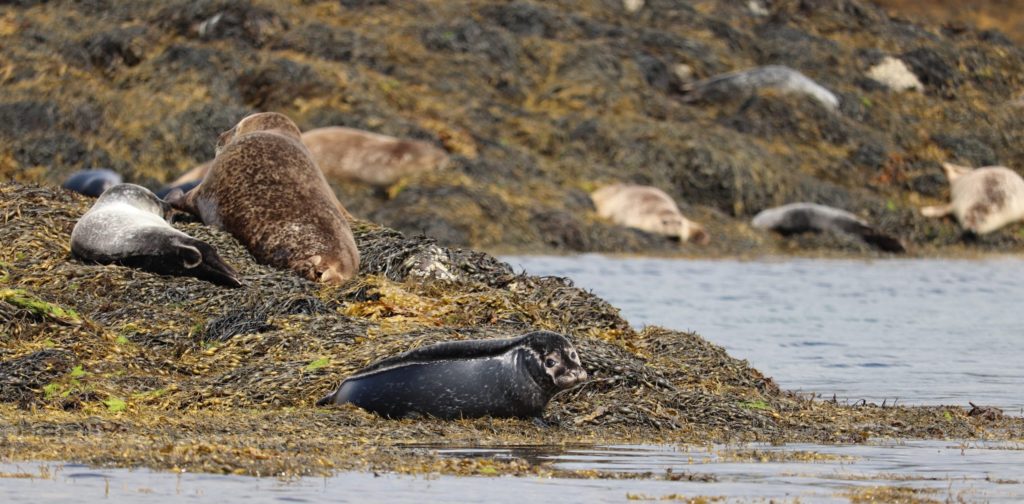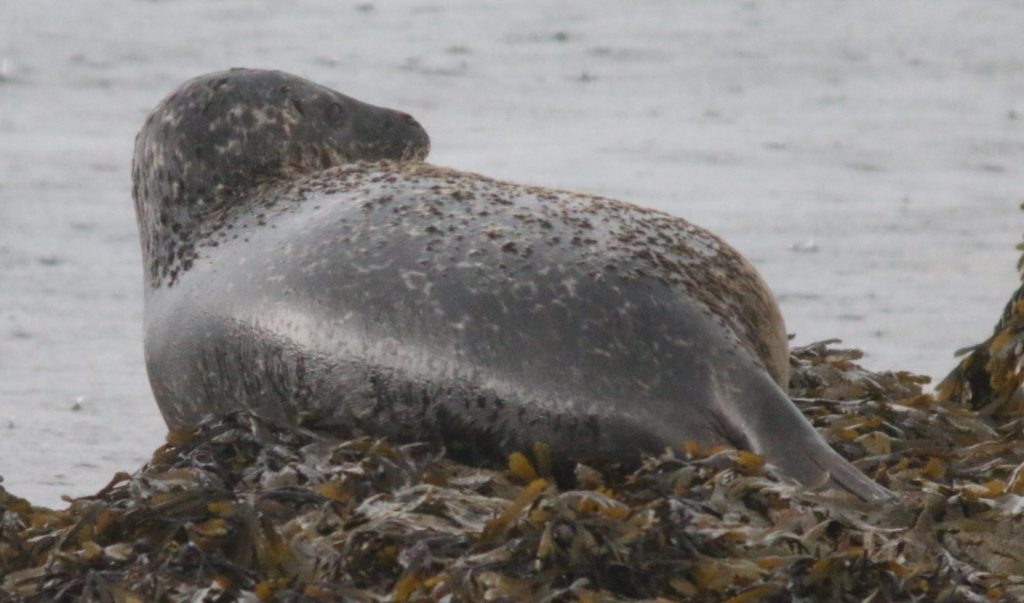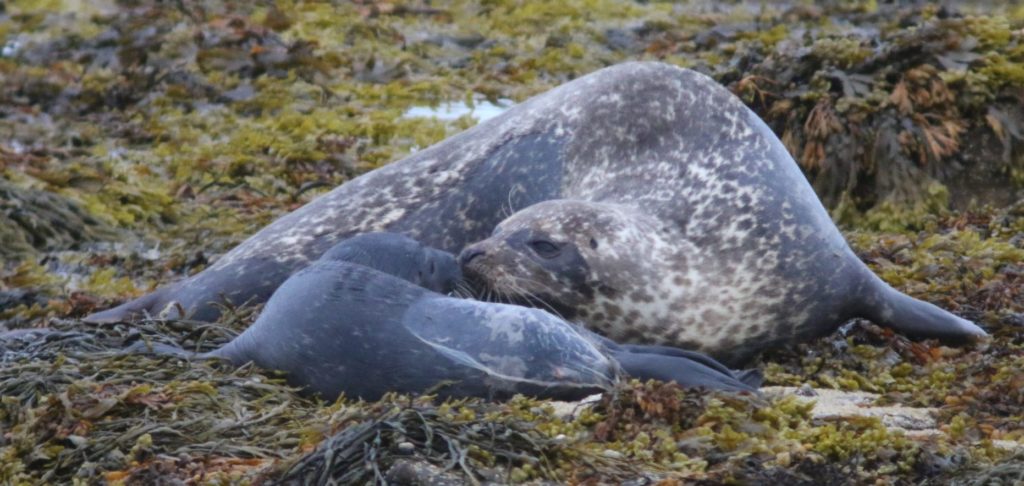We have been very quiet since our last post at the end of the 2019 season. Unfortunately our 2020 fieldwork had to be cancelled with the COVID-19 pandemic, which means we will have a one year gap in our time-series. It has been very strange not to pack up cameras and tripods and head to Orkney, Kintyre and Isle of Skye this summer. We have no idea which of the known seals have been there, or who has had pups this year! What a strange feeling!
Despite the lack of fieldwork and the general silence in the blog we have indeed been very busy behind doors, primarily processing and analysing data. We spent the autumn and winter of 2019 going through all the photographs collected during the summer of 2019, matching them to the catalogues of seals at each site and adding new seals if we could not recognize them.

The pictures taken in Orkney were the quickest to be processed, for two main reasons. First, we have had the same person taking the photographs and identifying the seals over 4 years, and in the world of manual identification of seals, experience counts a lot! One ends up recognizing the seals in the field already, making the processing of photographs in the computer a much easier job. The other contributing factor is that the number of seals that we see every year in Orkney has been declining, a reflection of the continuous decline in numbers of harbour seals in this area. At the end of the day that means less seals to be identified…

The hardest of all our study sites is still Isle of Skye. Despite going out to take photographs less often than in Kintyre or Orkney, the number of seals hauling out in the skerries near Dunvegan Castle in Loch Dunvegan is so large that the task of identifying them is much more challenging. We have over 600 seals in the catalogue for Loch Dunvegan, way more than in any other area! That means that the chances of mistakenly identifying two seals as the same one or giving the same seal two different IDs are much higher. That is particularly the case for those seals with very pale pelages, such as the ones below. Luckily we have a super team working on it who have become very good at knowning these Loch Dunvegan seals.


Alongside the photo-ID processing we have also been analysing some of the other data collected over the last 4 years. We recently published a paper where we showed how to determine pregnancy in harbour seals based on the levels of progesterone in their blood and blubber. The study was led by Prof Ailsa Hall in collaboration with colleagues at the University of Aberdeen Lighthouse Field Station and was publised in the Jounal of General and Comparative Endocrinology. In a nutshell, we analysed blood and blubber samples taken sometime between February and May (so before harbour seals have their pups, which is around mid to end June), to look at the levels of progesterone. Progesterone is one of the hormones produced during pregnancy, when it can be found in much higher concentrations, especially towards the end of the pregnancy. So by looking at the levels of progesterone, we can estimate if a female is likely to be pregnant or not (similar to running a pregnancy test). Some of the females we sampled were also photographed during the following pupping season, which means we could see if they were indeed pregnant (although that is not always obvious) and/or if they gave birth to a pup. By putting those two pieces of information together and knowing the fate of some of the potential pregnancies, we could establish thresholds of progesterone concentrations above which harbour seals are pregnant. Using those thresholds we then calculated how many of the captured adult females were likely at each of the study sites (Orkney, Isle of Skye and Moray Firth). We found out that the proportion of pregnant adult females was high across sites (63%-100%) and were not statistically different from each other.


The team is working hard to finish off the Skye 2019 data and some other lose ends with the photographs. Once that is done we will start using the data to estimate birth and natural mortality rates of harbour seals at sites that have shown different population trajectories over the last couple of decades.
Keep tuned!
